Top 10 tips for saving money in the garden
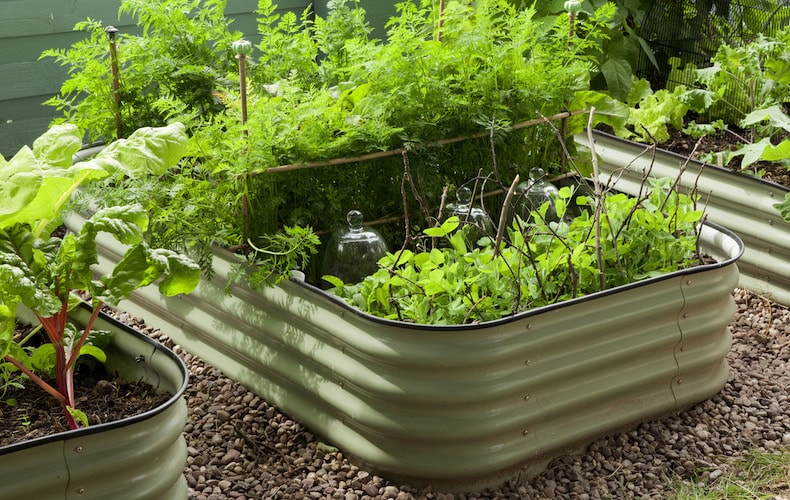
Growing your own veg from seed can help save money
Image: Original Veggie Bed from T&M
With so much pressure on the family budget, spending money on your garden might sometimes feel like an extravagant expense. Read our top ten money-saving tips to find out how to enjoy all the benefits without emptying your wallet!
And if you want to grow more of your own fresh fruit and veg to save money at the supermarket, browse our excellent range of high quality seeds to find your family's favourite foods. Check out our 'vegetable growing guides' if you need a few pointers.
- Take advantage of special offers
- Grow as much as possible from seeds
- Reduce the heat in your greenhouse
- Start your own windowsill crops
- Collect bare twigs to use as plant supports
- Make your own compost
- Repurpose cartons and containers
- Concentrate on growing the best value veg
- Take advantage of the free exercise
- Join T&M's online gardening club
1. Take advantage of special offers
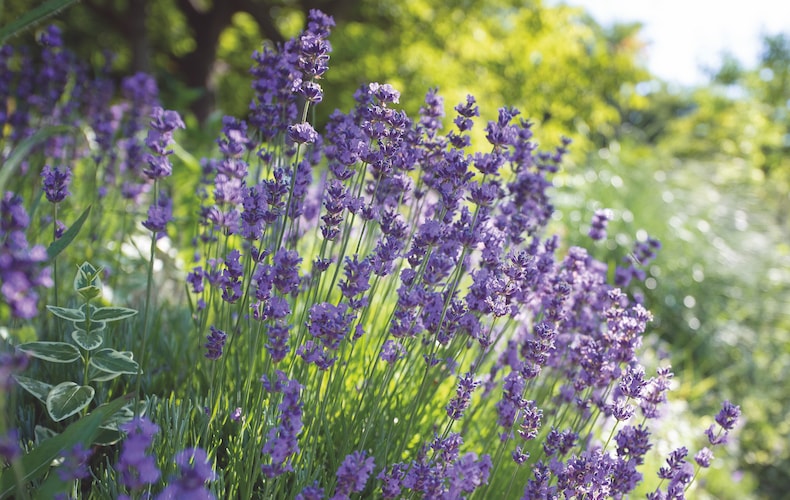
Popular perennial plants like lavender can be picked up when they're on special offer
Image: Lavender 'Hidcote' from T&M
A good way to save money is to take a look at our latest special offers. There are always bargains to be had here, and if you want to be alerted about special deals in the future, you can also sign up for our newsletter to be sure that you never miss out.
2. Grow as much as possible from seeds
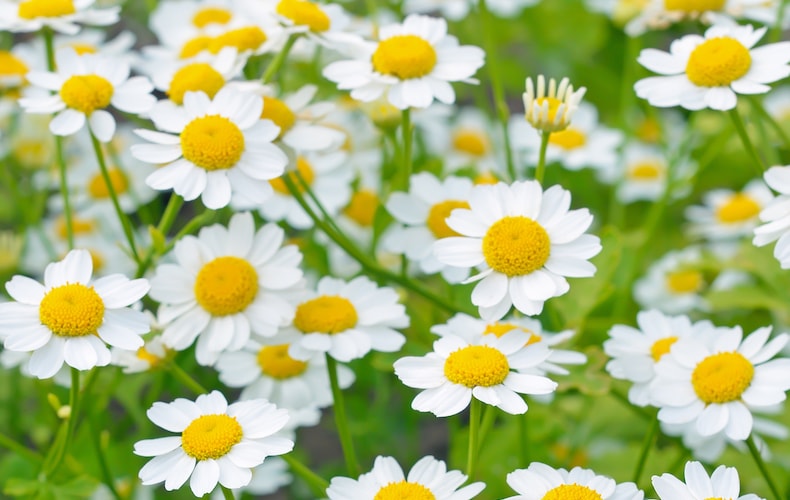
These hardy perennial flowers are cheap and easy to grow from seeds
Image: Golden Feverfew seeds from T&M
Although you might have to wait a bit longer for your plants, flowers, fruit or vegetables to grow, there’s real satisfaction in having nurtured something from a tiny seed. Want your garden to reach maturity a bit sooner? Bare root plants are a cost-effective way to buy shrubs, hedge plants, fruit trees and roses. If you don’t have the time or space to start all your flowers from seeds, trays of plug plants are another good way to save some money.
3. Reduce the heat in your greenhouse
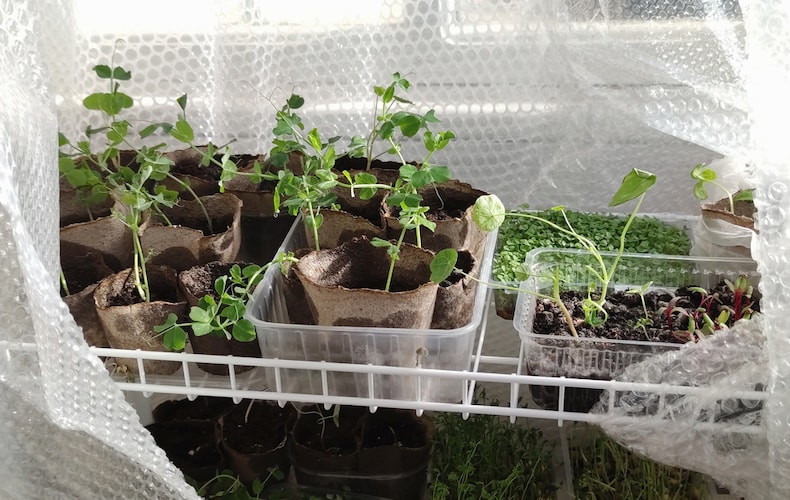
Bubble wrap is a useful insulation material in your greenhouse
Image: Shutterstock
If your greenhouse is heated, consider whether you could reduce the temperature slightly or just heat a smaller section of it. Hanging a plastic sheet across the middle is a quick and easy way to reduce the space you have to heat. You can also make your greenhouse heating more efficient by insulating it with bubble wrap and hanging an old curtain across the inside of the door.
4. Start your own windowsill crops
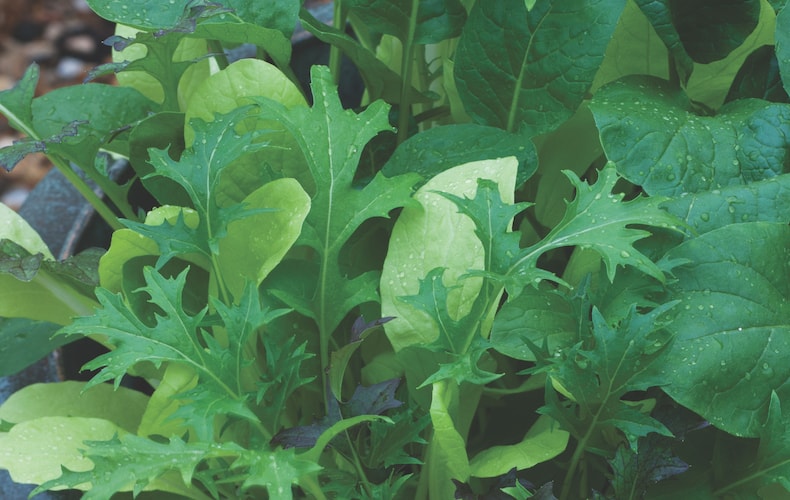
This fast-growing salad leaf mix is ideal for growing in containers
Image: Salad Leaves 'Colourfully Mild Mix' from T&M
Did you know you can grow salad leaves such as ‘Colourfully Mild Mix’ right through the winter? There’s no need to buy expensive bags of supermarket salad ever again! Microgreens are another great way to give your salads, sandwiches and stir fries a nutrient-rich boost, and you can grow crisp healthy micro shoots like ‘Red Chard’ all year round.
5. Collect bare twigs to use as plant supports
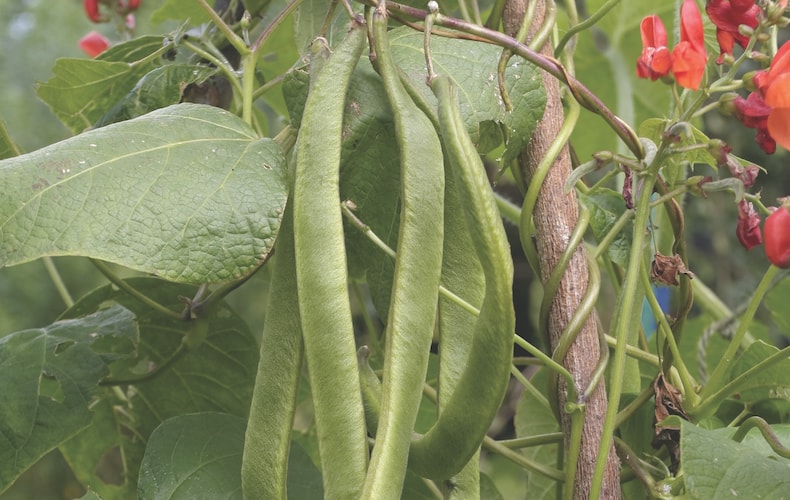
Plants like runner beans need a sturdy support to grow up
Image: Runner Bean 'Lady Di' from T&M
Autumn and winter are good times to collect bare twigs ready to support your climbing peas and beans. Not only do they look more lovely than plastic alternatives, they’re completely free! For some helpful growing tips, read our article on how to grow peas and beans from seed.
6. Make your own compost
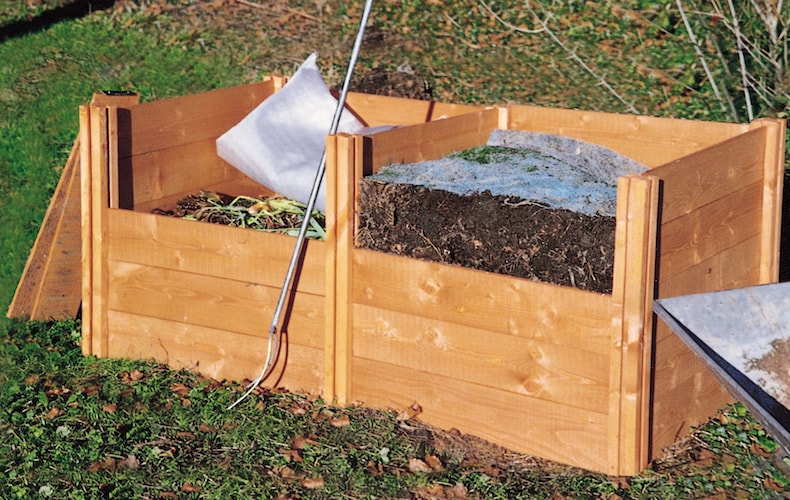
Make your own compost using green waste
Image: Modular Wooden Compost Bin from T&M
Compost can be expensive, so making your own is a good way to save money. If you don’t have a suitable space for composting, try making leafmould instead. Known as black gold, well-rotted leaves can transform the quality of soil in your garden and give your plants a real boost. And If you have a shredder, it’s easy to make your own mulch too.
7. Repurpose cartons and containers
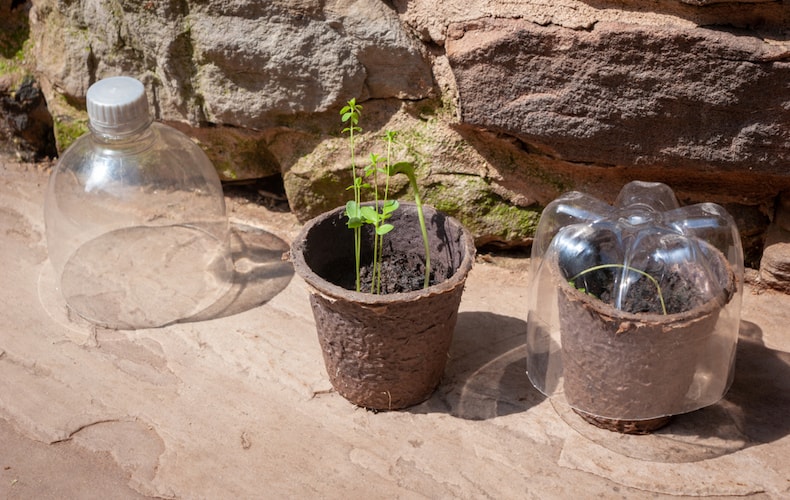
Make your own cloches from recycled drinks bottles
Image: Shutterstock
Recycled plastic cartons and bottles from the supermarket make great seed trays or mini cloches for the garden. Don't throw away old egg boxes either - they’re great for chitting your seed potatoes. Did you know you can cut the largest seed potatoes in half before planting them out? That’s what they did during the war to make things stretch a bit further.
8. Concentrate on growing the best value veg
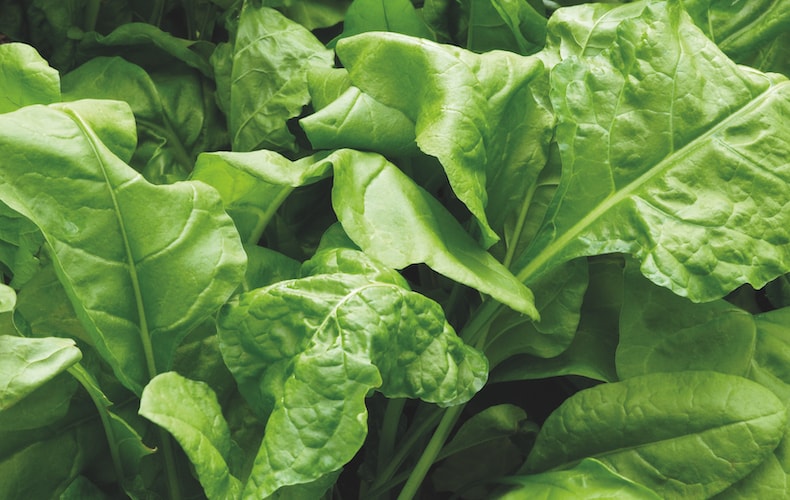
Perpetual spinach is a healthy, high yield and versatile crop
Image: Spinach 'Perpetual' (Spinach Beet) from T&M
If you’re growing your own vegetables, concentrate on varieties that give the best value. This can mean those that are expensive to buy in the shops, such as peppers, kale, asparagus, and 'gourmet' potatoes such as ‘Charlotte’. It also includes those that have a high yield like runner beans and Perpetual Spinach. Make a list of the veggies you eat most as a starting point.
9. Take advantage of the free exercise
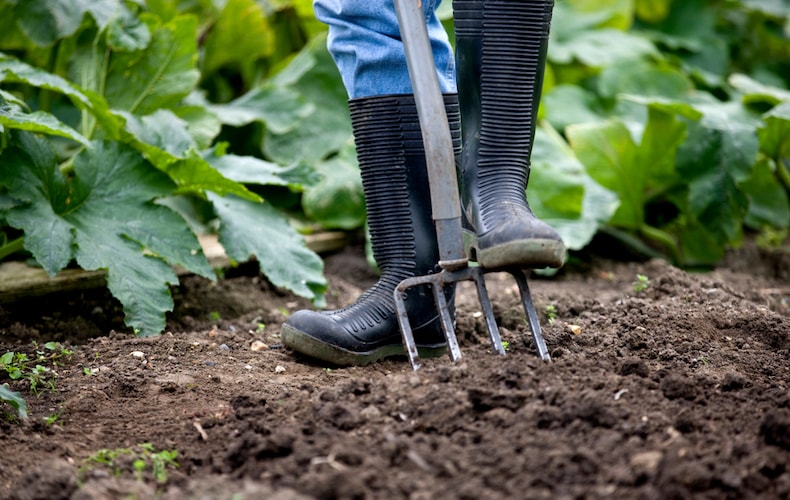
Gardening is good for the body and mind
Image: Shutterstock
Don't waste money on expensive gyms, just get into the garden and start digging! It's great exercise and it costs nothing at all! If you don’t have much outdoor space, try joining a local gardening group or see if you can share an allotment with a friend.
10. Join T&M's online gardening club

T&M's Gardening Club unlocks discounts, vouchers and expert advice
Image: T&M
For just £10 per year you can join the T&M Gardening Club. Members get access to exclusive offers and many other benefits including £20 worth of vouchers, a 10% discount on all T&M products, and regular gardening tips sent directly by email.
More excellent money saving ideas from our customers:
"I cut up old pairs of tights and stockings to use as soft-ties; they are ideal for tying in raspberries and other plants and even trees. They are soft but very strong, so give the support needed but without being abrasive or chaffing to the stems of your precious plants." Elizabeth Otway
"You can use old tights or stockings for storing onions. Put your onions in a leg one at a time, tying a knot in between each one so they don't touch. Then hang up in a cool dry place. When an onion is required, simply cut below a knot with scissors, leaving the rest in place." Andrea Moran
"I cut up old jumpers that have started to unravel and use them for hanging-basket liners in the summer. You can make or enlarge holes in them for planting into and they still hold in the compost very well. The birds often reuse the jumpers again when they peck out strands for their nests from my winter baskets." Rachel Bould
"Cut the bottom off plastic bottles and they make great mini cloches and keep insects off." Iain Beveridge
"Save all of your old tins (of tomatoes/beans etc), wash them and drill small drainage holes in them and use them as pots for seedlings. It's nice to see a little tomato plant sprouting out of an old tin of chopped tomatoes!" Marie Clare
"I collect the water from the shower that is running whilst I wait for it to warm up. It's only a little, but it all helps." Marie-Therese Kielty
"A bulb planter works equally well for planting out pots that are 3 - 4 inch diameter, such as runner beans, courgettes, broad beans, sweetcorn etc that have all been started off in a greenhouse. Make the holes using the bulb planter, and pop the pot grown seedlings in. Minimum root disturbance, and much quicker." Sally Annely
"Break-up polystyrene packaging (thus re-cycling it) and put it into the bottom of garden tubs - this way you don't use as much compost and also the tubs are lighter and easier to move around the garden." Robert Pearson
"A slick of vaseline around plant pots rims keeps slugs off - cheaper than copper bands!" Thea McGovern
"We have big problems with squirrels digging in our pots, in particular when we sow coriander. We found using a light-weight wire mesh, for example from a disposable BBQ, tying it over our pots has stopped the squirrel damage and the shoots just grow through the mesh." Paula Jenkins
If you have a money-saving tip for the garden, please let us know. Send us an email at blog@thompson-morgan with your clever ideas.
See all Top 10 articles
Popular Top 10 Articles
- Top 10 Winter Vegetables
- Top 10 Potato Varieties
- Top 10 Easy-to-grow Fruit
- Top 10 Winter Bedding Plants
- Top 10 Summer Bedding Plants
- Top 10 Spring Flowering Bulbs
- Top 10 Summer Flowering Bulbs
- Top 10 Autumn/ Winter Flowering Bulbs
- Top 10 Evergreen Shrubs
- Top 10 Evergreen Shrubs for Small Gardens
- Top 10 Easy-to-grow Flowers
- Top 10 Cut Flowers
- Top 10 Hanging Basket Plants
- Top 10 Plants for Patios
- Top 10 Houseplants
- Top 10 Climbing Plants
- Top 10 Perennial Plants
- Top 10 Hardy Plants for Winter
- Top 10 Winter Garden Tips
- Top 10 Ornamental Grasses

Written by: Sue Sanderson
Plants and gardens have always been a big part of my life. I can remember helping my Dad to prick out seedlings, even before I could see over the top of the potting bench. As an adult, I trained at Writtle College where I received my degree, BSc. (Hons) Horticulture. After working in a specialist plantsman's nursery, and later, as a consulting arboriculturalist, I joined Thompson & Morgan in 2008. Initially looking after the grounds and coordinating the plant trials, I now support the web team offering horticultural advice online.Sign Up For Exclusive Special Offers




© 2024 Thompson & Morgan. All rights reserved. A division of Branded Garden Products Limited.
Sign up for exclusive offers!



